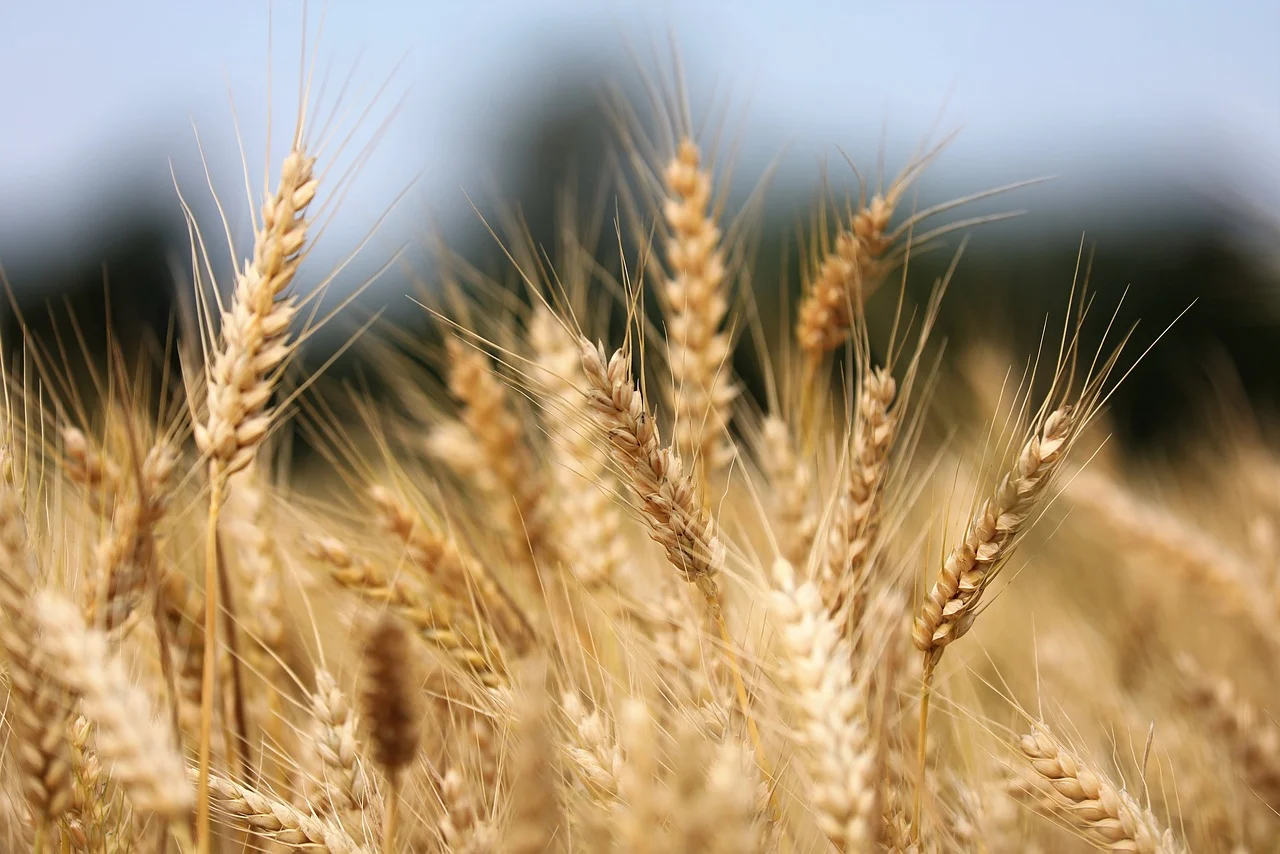
food grains
Food grains are the cornerstone of human nutrition and agriculture, playing a vital role in feeding the global population. They are not only a primary source of energy but also a significant contributor to cultural identity and economic stability. In this blog, we will explore the different types of food grains, their nutritional benefits, cultural significance, and the challenges facing grain The Importance of Food Grains: Nourishing Lives and Sustaining Cultures
Food grains are the cornerstone of human nutrition and agriculture, playing a vital role in feeding the global population. They are not only a primary source of energy but also a significant contributor to cultural identity and economic stability. In this blog, we will explore the different types of food grains, their nutritional benefits, cultural significance, and the challenges facing grain production today.
Understanding Food Grains
Food grains encompass a variety of edible seeds from grasses, primarily classified into two categories: cereals and pulses. Cereals include staple grains like rice, wheat, corn, barley, oats, and millet. Pulses, on the other hand, include legumes such as lentils, chickpeas, and beans. Together, these grains provide essential nutrients that are crucial for human health.
Nutritional Benefits
- Energy Source: Food grains are rich in carbohydrates, providing the primary source of energy for daily activities. This is especially vital in developing countries where grains form the bulk of the diet.
- Protein Content: While cereals are lower in protein compared to animal products, pulses are excellent sources of plant-based protein. Combining grains and legumes in meals can offer a complete amino acid profile, essential for growth and repair.
- Vitamins and Minerals: Grains are packed with important vitamins and minerals. Whole grains, in particular, are rich in B vitamins, iron, magnesium, and zinc, contributing to overall health.
- Fiber: Whole grains are a great source of dietary fiber, which aids digestion, helps maintain a healthy weight, and reduces the risk of chronic diseases such as diabetes and heart disease.
Cultural Significance
Food grains are deeply woven into the cultural fabric of societies around the world. Different cultures have unique ways of incorporating grains into their cuisines, reflecting local agricultural practices and traditions.
- Rice: In Asian cultures, rice is more than just a food item; it symbolizes life and fertility. Festivals often revolve around rice harvesting, highlighting its significance.
- Wheat: In the Middle East and Europe, wheat has shaped culinary traditions, from bread-making to pasta production. It represents sustenance and community, often featuring in cultural rituals and gatherings.
- Maize (Corn): In many indigenous cultures in the Americas, maize holds a sacred status. It is central to their diets and traditions, symbolizing resilience and nourishment.
Challenges in Food Grain Production
Despite their importance, the production of food grains faces several challenges:
- Climate Change: Altered weather patterns, extreme temperatures, and changing precipitation can significantly impact grain yields. Farmers are adapting through innovative practices, but the challenges persist.
- Soil Degradation: Intensive farming practices can lead to soil depletion, affecting the long-term sustainability of grain production. Sustainable agricultural practices, such as crop rotation and organic farming, are essential to counteract this.
- Market Access: Smallholder farmers often struggle to access markets and fair prices for their produce. Improving infrastructure and providing support can empower these farmers and enhance food security.
- Pest and Disease Pressure: Increasing pest resistance and plant diseases threaten grain crops, necessitating research and development of resilient varieties and sustainable pest management practices.
Conclusion
Food grains are more than just a dietary staple; they represent a rich tapestry of culture, economy, and health. As we face global challenges such as population growth and climate change, it is imperative to prioritize sustainable grain production and consumption. By understanding the significance of food grains, we can better appreciate their role in our lives and work towards a future where everyone has access to nutritious food. Embracing diverse grains and supporting local farmers can contribute to a more sustainable and equitable food system for generations to come.
Read More. today.
Understanding Food Grains
Food grains encompass a variety of edible seeds from grasses, primarily classified into two categories: cereals and pulses. Cereals include staple grains like rice, wheat, corn, barley, oats, and millet. Pulses, on the other hand, include legumes such as lentils, chickpeas, and beans. Together, these grains provide essential nutrients that are crucial for human health.
Nutritional Benefits
- Energy Source: Food grains are rich in carbohydrates, providing the primary source of energy for daily activities. This is especially vital in developing countries where grains form the bulk of the diet.
- Protein Content: While cereals are lower in protein compared to animal products, pulses are excellent sources of plant-based protein. Combining grains and legumes in meals can offer a complete amino acid profile, essential for growth and repair.
- Vitamins and Minerals: Grains are packed with important vitamins and minerals. Whole grains, in particular, are rich in B vitamins, iron, magnesium, and zinc, contributing to overall health.
- Fiber: Whole grains are a great source of dietary fiber, which aids digestion, helps maintain a healthy weight, and reduces the risk of chronic diseases such as diabetes and heart disease.
Cultural Significance
Food grains are deeply woven into the cultural fabric of societies around the world. Different cultures have unique ways of incorporating grains into their cuisines, reflecting local agricultural practices and traditions.
- Rice: In Asian cultures, rice is more than just a food item; it symbolizes life and fertility. Festivals often revolve around rice harvesting, highlighting its significance.
- Wheat: In the Middle East and Europe, wheat has shaped culinary traditions, from bread-making to pasta production. It represents sustenance and community, often featuring in cultural rituals and gatherings.
- Maize (Corn): In many indigenous cultures in the Americas, maize holds a sacred status. It is central to their diets and traditions, symbolizing resilience and nourishment.
Challenges in Food Grain Production
Despite their importance, the production of food grains faces several challenges:
- Climate Change: Altered weather patterns, extreme temperatures, and changing precipitation can significantly impact grain yields. Farmers are adapting through innovative practices, but the challenges persist.
- Soil Degradation: Intensive farming practices can lead to soil depletion, affecting the long-term sustainability of grain production. Sustainable agricultural practices, such as crop rotation and organic farming, are essential to counteract this.
- Market Access: Smallholder farmers often struggle to access markets and fair prices for their produce. Improving infrastructure and providing support can empower these farmers and enhance food security.
- Pest and Disease Pressure: Increasing pest resistance and plant diseases threaten grain crops, necessitating research and development of resilient varieties and sustainable pest management practices.
Conclusion
Food grains are more than just a dietary staple; they represent a rich tapestry of culture, economy, and health. As we face global challenges such as population growth and climate change, it is imperative to prioritize sustainable grain production and consumption. By understanding the significance of food grains, we can better appreciate their role in our lives and work towards a future where everyone has access to nutritious food. Embracing diverse grains and supporting local farmers can contribute to a more sustainable and equitable food system for generations to come.








